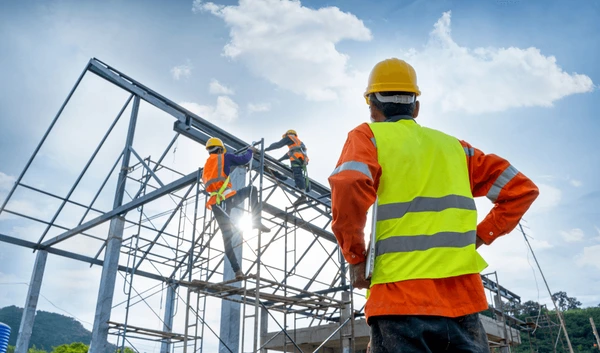
In the field of building and infrastructure development, scaffolding is a crucial framework guaranteeing the safety, production, and structural access required for effective project completion. Though usually regarded as a minimum need, choosing the appropriate scaffolding system is not an easy task. Every project has different requirements; hence selecting the wrong kind of scaffolding could cause delays, more expenses, safety risks, non-compliance with legal regulations, etc.
Understanding the need for good scaffolding selection helps project participants make wise decisions supporting both safety and efficiency. This guide enables builders, engineers, contractors, and construction workers to negotiate the decision-making process with clarity and confidence.
Evaluating the environmental aspects and site conditions
Your scaffolding choice will be greatly influenced by the features of the work site and the overall environmental conditions. Consider the ground conditions when considering scaffolding hire in Melbourne: Whether the surface is flat and stable or is it uneven or soft? Uneven ground could require customized scaffolding systems made for such circumstances or adjustable base jacks.
As they can influence the stability and safety of the scaffolding, weather factors including wind speed, rain, or snow have also to be considered. Projects in high winds-prone locations could need extra bracing or tie-ins to the construction. Making sure the selected scaffolding system is suitable and safe for the particular surroundings depends on a comprehensive site inspection.
Finding the weight requirements and load-bearing capacity
A basic safety factor influencing scaffolding selection is load-bearing capacity. Including workers, tools, equipment, and supplies, you have to precisely figure out the whole weight the scaffolding will have to support.
Various load capacities from light-duty for painting and plastering to heavy-duty for bricklaying and concrete work are intended in design for different kinds of scaffolding. Selecting a scaffolding system to securely handle the expected maximum load with a sufficient safety margin is vital.
Consult experts in scaffolding or engineering to guarantee correct load calculations and choose a system with the suitable load-bearing capacity for the requirements of your project.
Prioritizing Safety Features
Prioritizing safety features is vital when considering scaffolding hire in Melbourne. Make sure the chosen system satisfies all pertinent safety rules and guidelines applicable in your area.
Search for features including non-slip platforms, guardrails, toe boards, and access ladders with safe handholds. Check the scaffolding components for acceptable condition and appropriate inspection history.
Furthermore, making sure the workers building, tearing down, and operating the scaffolding are adequately qualified and competent is crucial.
Ease of Assembly, Demolition, and Storage
On a building site, time is vital. Thus, the selected scaffolding system should be rapid and easy to build and destroy without endangering safety. Because of their adaptability and simplicity of usage, modular scaffolding systems are sometimes preferred.
Furthermore, consider storage and transportation, since systems save space and can be quickly relocated between sites. It is particularly beneficial for contractors running several projects.
Project Budget and Cost-Effectiveness
Though performance and safety should never be sacrificed, the scaffolding system should also fit the budget of the project. Beyond the first rental or purchase price, cost-effectiveness involves elements such as shipping, assembly time, maintenance, and possible downtime. Analyze costs to decide whether renting or buying is more sensible; always take the long-term value of durable, high-quality materials above temporary savings into account.
In the end, time and effort spent on the correct choice and application of scaffolding is an investment in the success of the project. Following the advice in this article will help stakeholders to boldly select a scaffolding solution that satisfies all operational, legal, and safety criteria, therefore setting the basis for a safe and efficient working environment.
